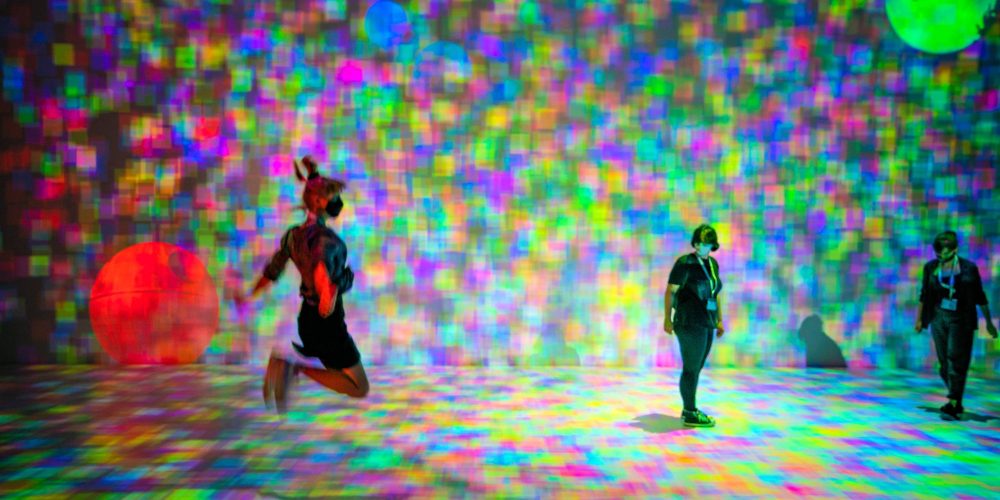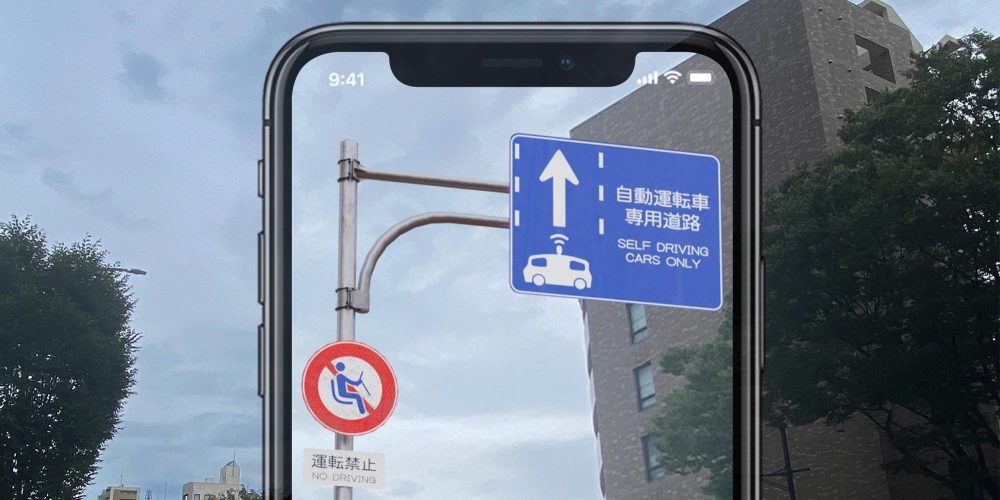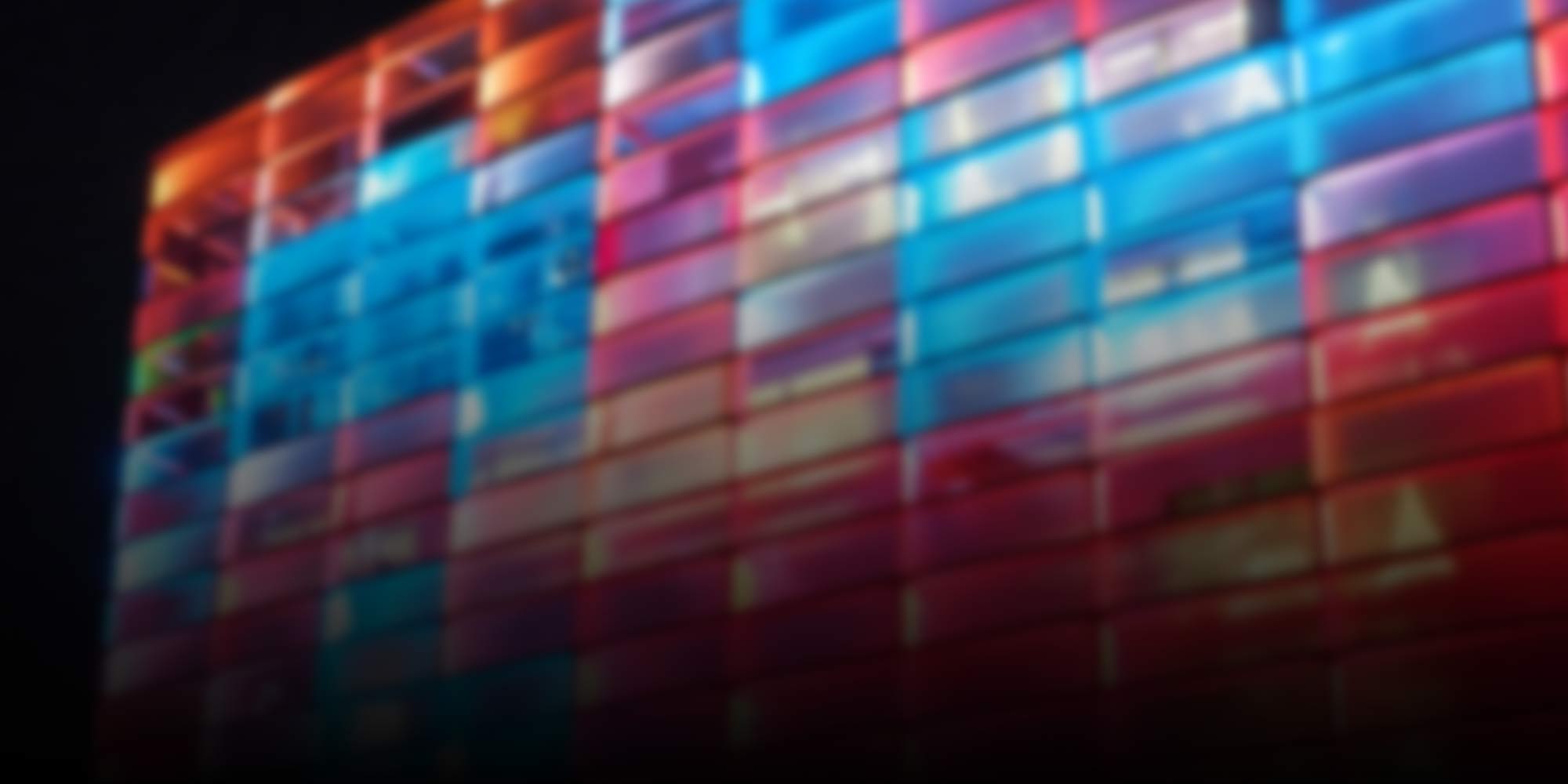
Art
-
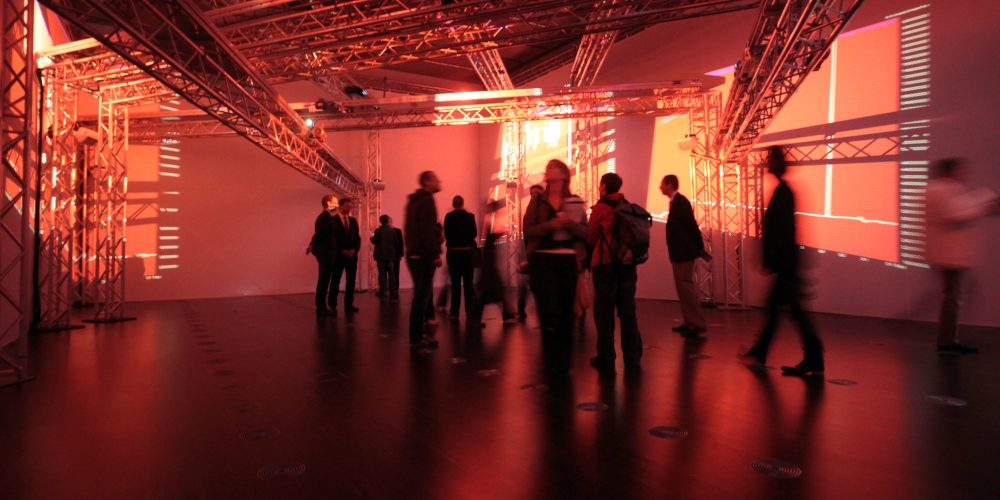
Throwback: Ready to pull the lifeline?
From September 2 to 11, 2010, the Ars Electronica Festival “REPAIR – Ready to pull the lifeline” took place on the grounds of the former tobacco factory in Linz
-
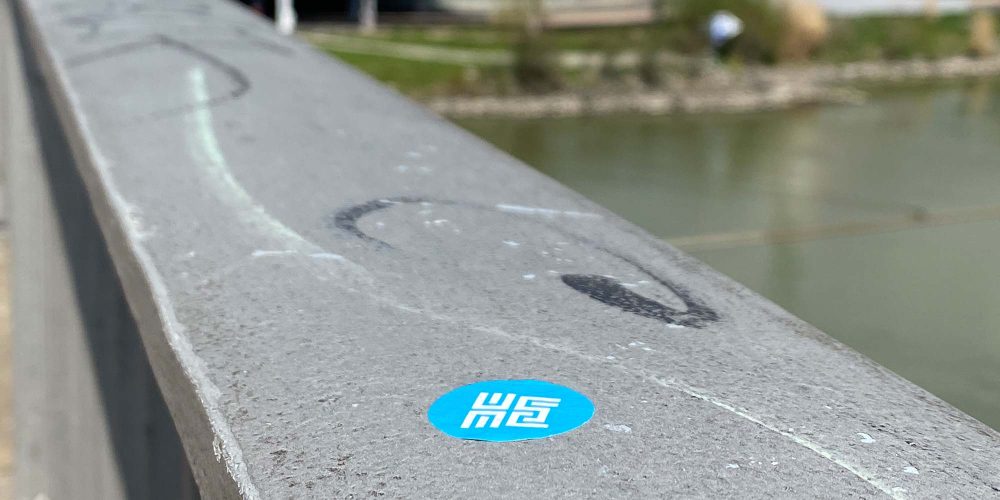
Center Story: April 2022
With our new “Center Stories” format, we’re telling you what’s going on behind the scenes at the Ars Electronica Center. In the first story, we want to introduce you to our plant offspring and recall a past exhibition.
-

It’s about trying out things
In this interview, Gerfried Stocker explains why it takes more than virtual meetings to get people talking and how the Ars Electronica Festival is trying to become sustainable and resource-conserving.
-
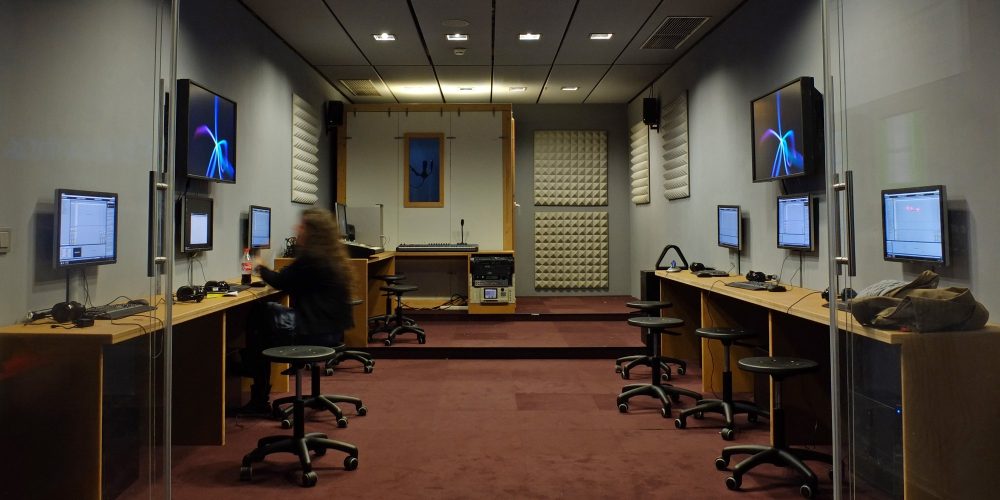
Throwback: SoundLab
The SoundLab at the Ars Electronica Center offered professional equipment for capturing and producing noise, sound and music.
-
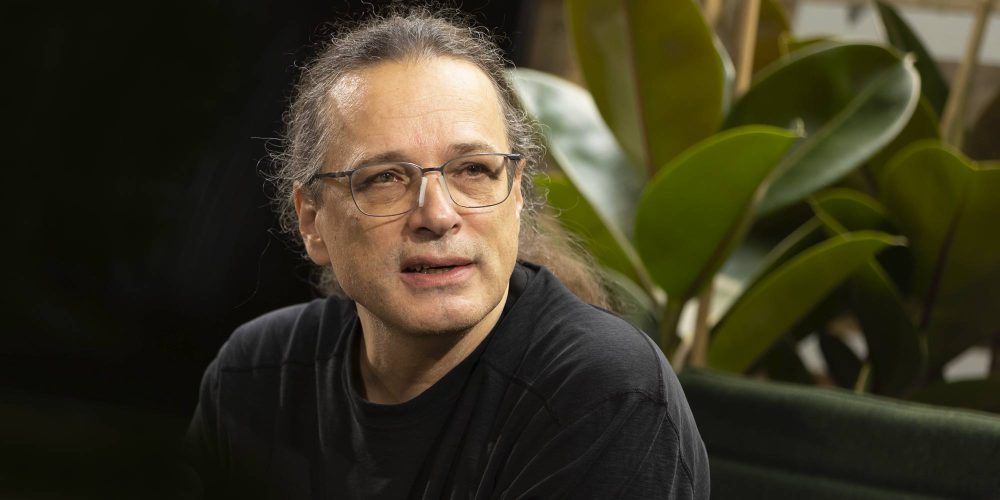
Change is needed when there is no way out
From the hopelessness of the climate crisis to the thinking space of art – in this conversation with Gerfried Stocker, we take a closer look at the theme of the 2022 Ars Electronica Festival.
-
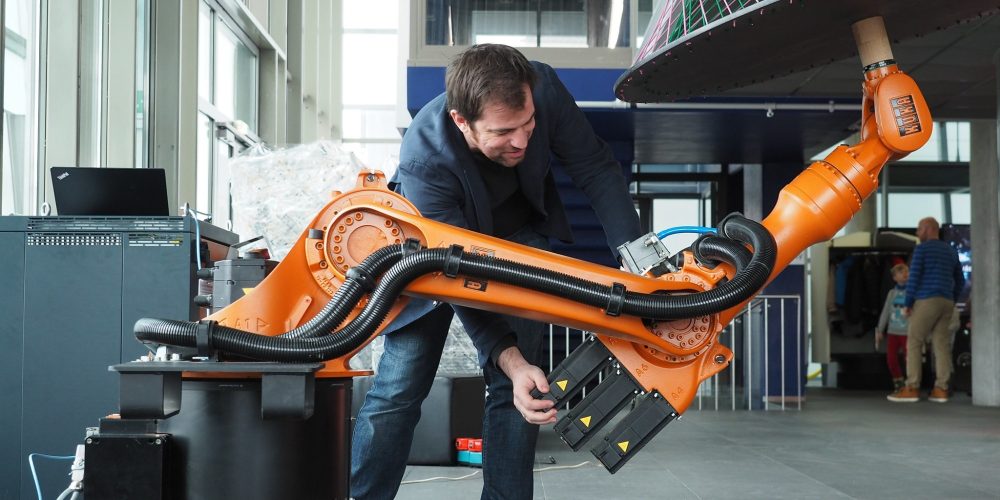
Throwback: Creative Robotics
The exhibition “Creative Robotics” traced how industrial robots, outside their original use, became a medium of artistic and creative expression and a catalyst for the implementation of innovative ideas.
-
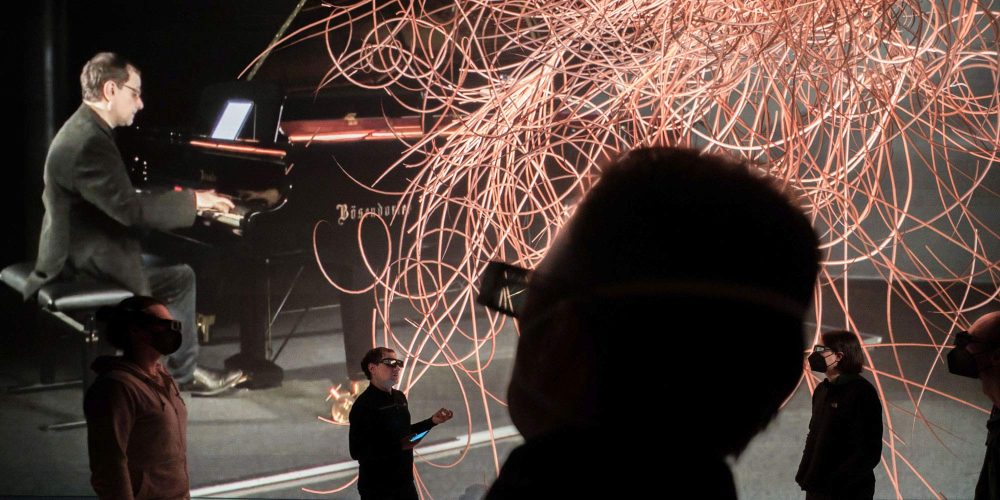
Deep Space EVOLUTION: Sounding Letters
With a virtual piano concert in 3D, the new program in Deep Space 8K shows how humans and AI make music together.
-
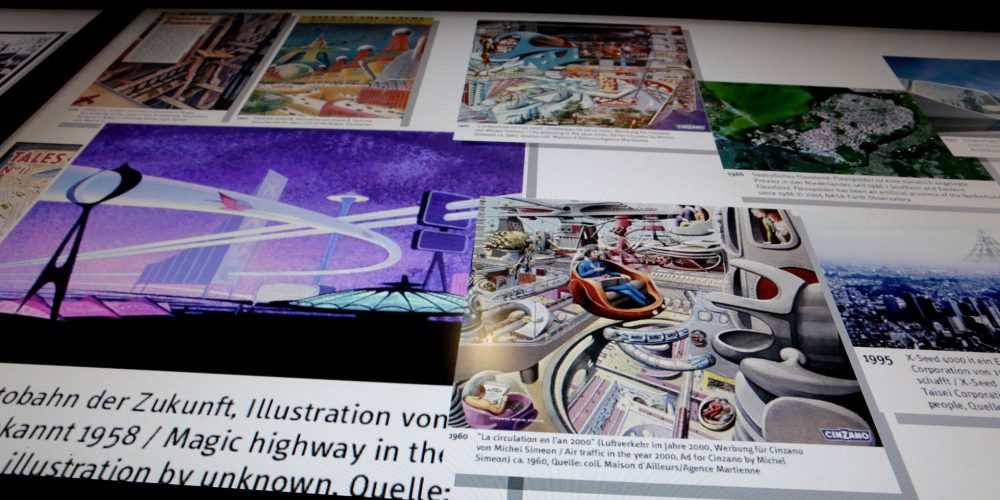
Throwback: The World in 100 Years
The exhibition “The World in 100 Years” paid tribute to great thinkers and activists who were ahead of their time and worked for a vision of the future.
-
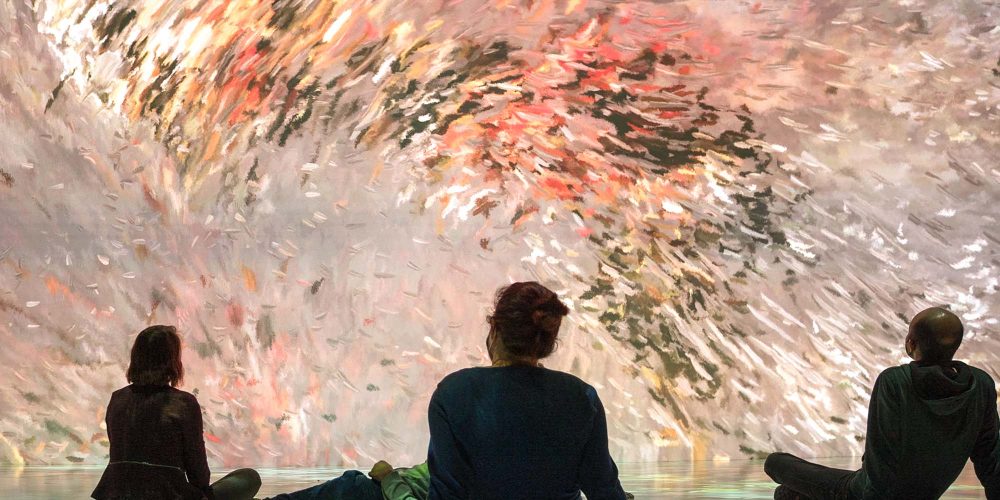
Deep Space EVOLUTION: Transient
Impermanent Paintings in Deep Space 8K: Immerse yourself in audiovisual paintings created in collaboration with generative algorithms.
-
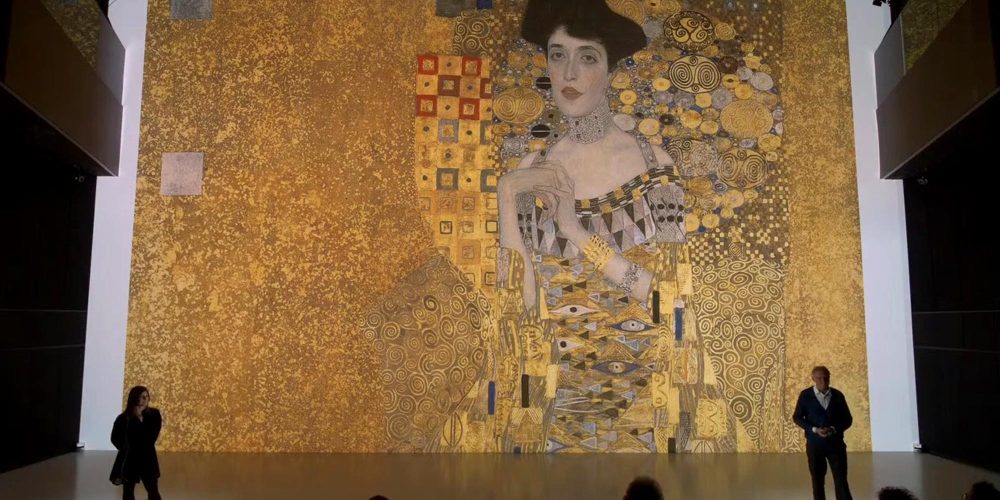
The Woman on the Picture
Gustav Klimt and Rebecca Merlic placed the image of the woman at the centre of their artistic work – an analysis.
-
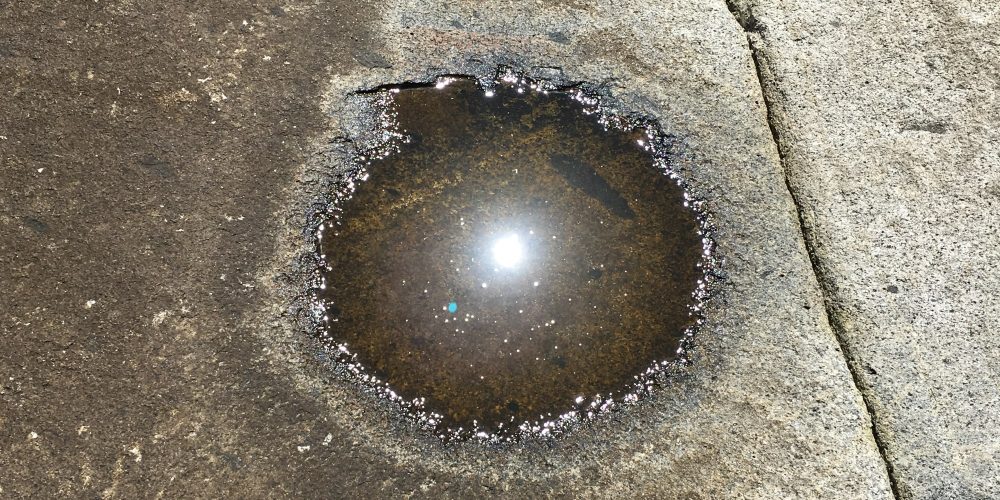
The Sky above Atacama: Chilean Artists at the Ars Electronica Festival 2022
The interaction between the Atacama sky and clouds with the local audience in Linz: these Chilean artists will represent their home country at the Ars Electronica Festival 2022.
-
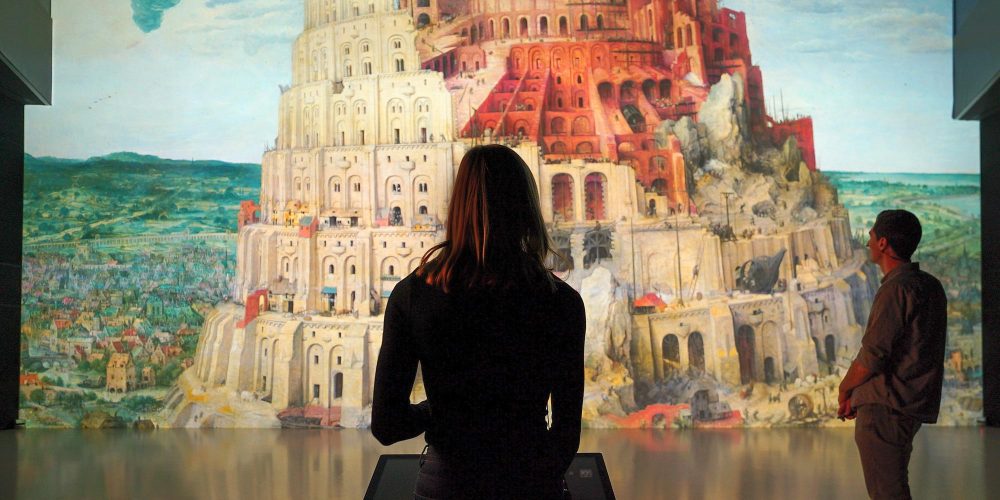
Cultural Heritage: Broadening the Horizon Virtually
Works of art, buildings, paintings – all these are pieces of the Europa puzzle that can be put together collectively in one place in the Ars Electronica Center’s Deep Space 8K.
-
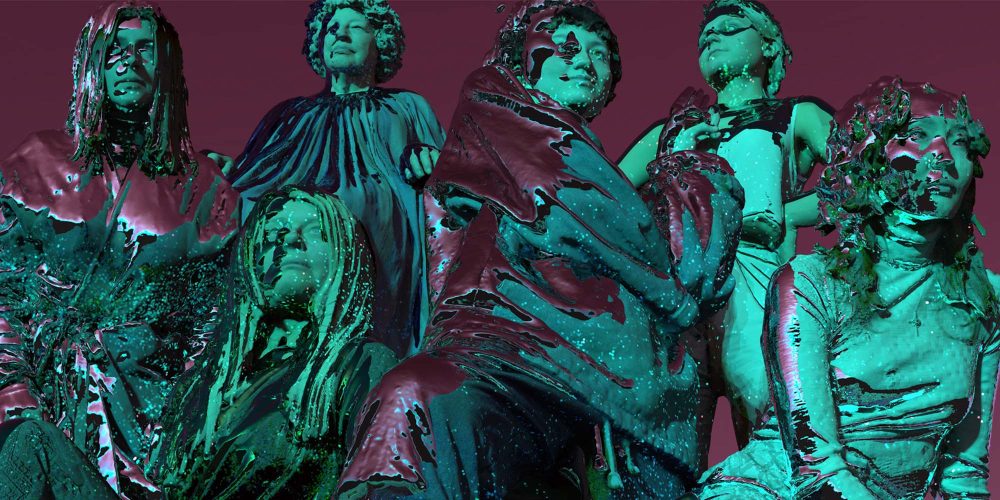
Merlic meets Klimt – the image of women then and now
On April 28, 2022, Gustav Klimt’s images of women will be in the spotlight. In this article, Franz Smola and Rebecca Merlic give you an insight into the topic of images of women.
-
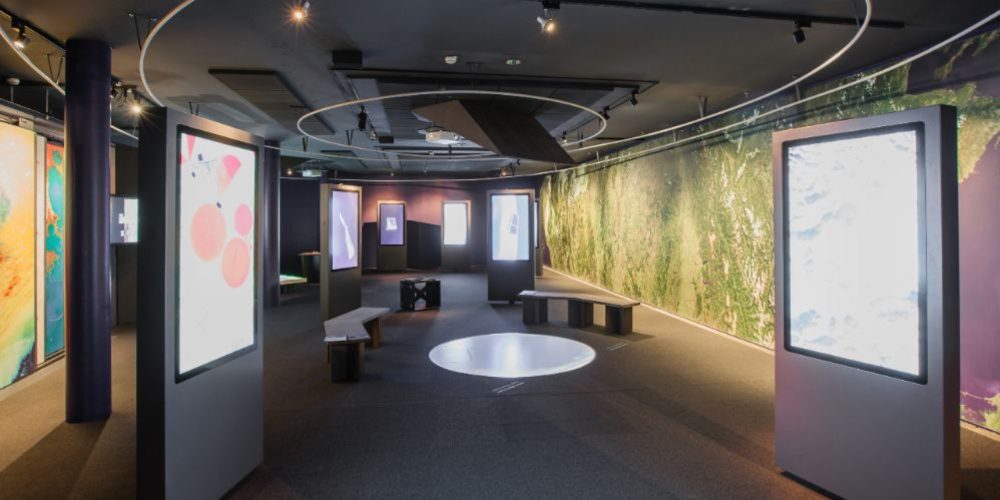
Throwback: Spaceship Earth
The exhibition “Spaceship Earth” dealt with the question of what we can learn about our planet by observing it.
-

Throwback: Innocence
Innocence was a 2013 work by the Ars Electronica Futurelab dedicated to Linz’s childhood memories of the Passage shopping center.
-
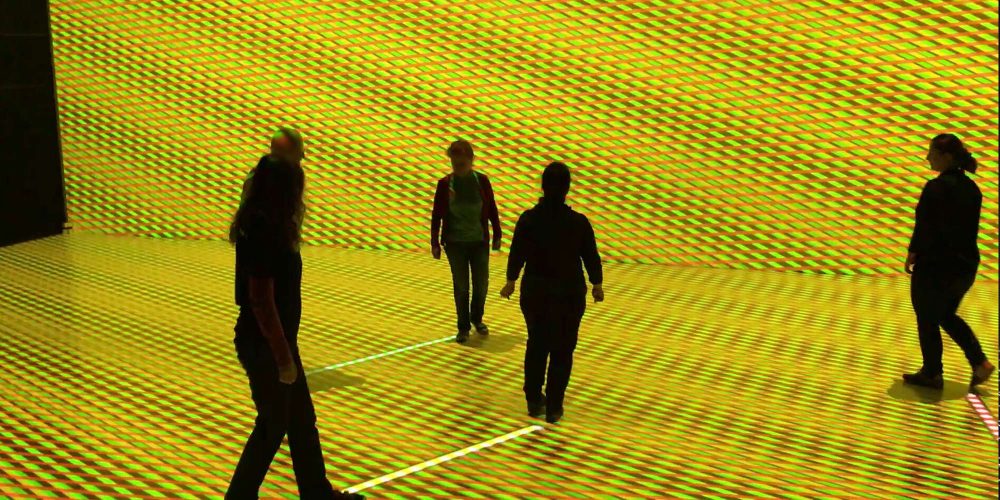
Crushed fruit and jumping dogs: TIME OUT .10
Two years late, TIME OUT is entering its next round. Students from the Linz Art University’s “Time-Based and Interactive Media Arts” program are showing selected works at the Ars Electronica Center.
-

Throwback: The Teleklettergarten
An oversized computer keyboard as a climbing wall on the facade of the Linz Art University. That was the teleclimbing garden.
-
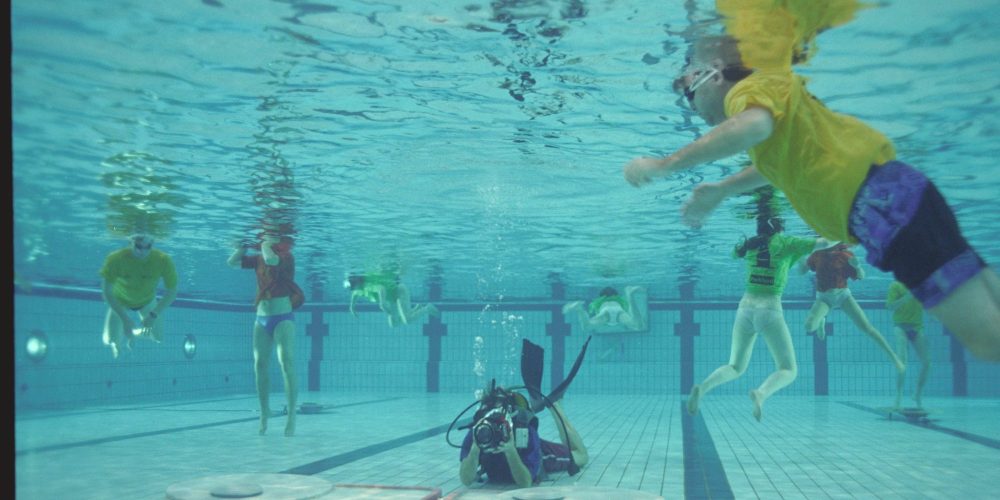
Throwback: Liquid Cities
During the Ars Electronica Festival in 1996, the indoor pool of the Parkbad Linz transformed into a fluid interactive 3D space.
-
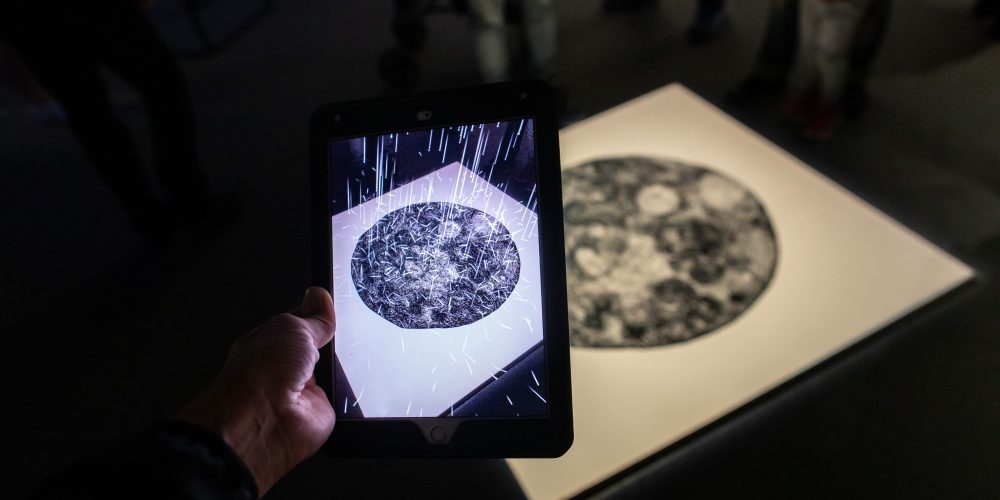
Throwback: Mirages & miracles
The exhibition Mirages & miracles at the Ars Electronica Center staged augmented reality in a virtuoso and imaginative way.
-
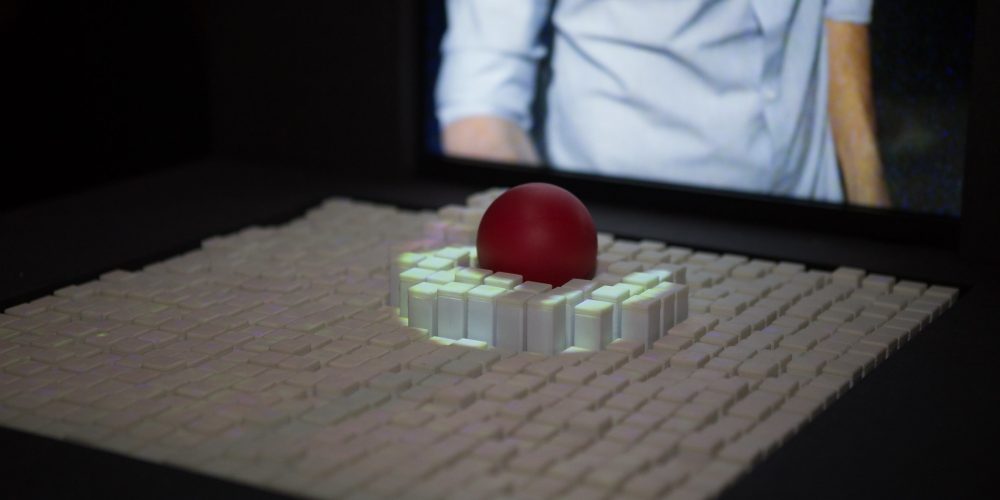
Throwback: inFORM
MIT-Medialab’s inFORM application addressed the question of how to get the digital back into the physical world.
-
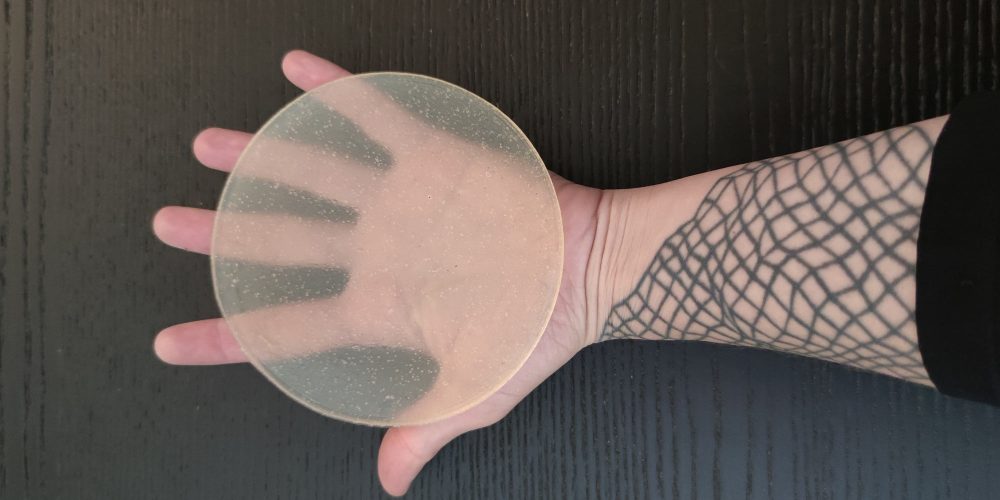
Circular Records for Circular Futures
Can records be made from biomaterials? Artists Kat Austen and Fara Peluso think so and will work on developing a low-carbon alternative to vinyl during their S+T+ARTS Residency.
-

Throwback: GeoPulse
GeoPulse opened up an interactive experience space for visitors of the Ars Electronica Center that compiled multi-layered data about our world and made it possible to experience it in a playful way.
-
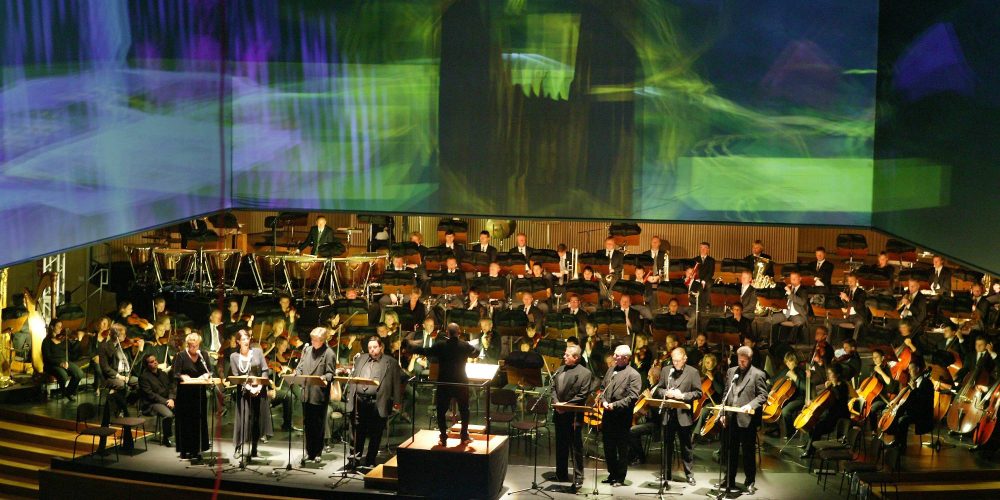
Throwback: Das Rheingold
In 2004, the Ars Electronica Futurelab designed an interactive computer-controlled visualization for the opera “Das Rheingold” by Richard Wagner.
-
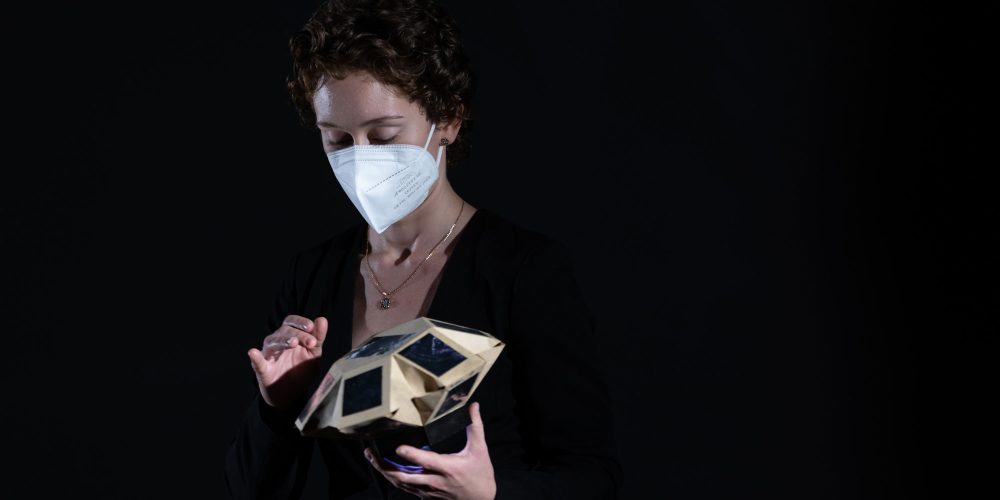
Origami, robotics and a new world of music
How do origami and robotics create music? The Ars Electronica Futurelab’s new video presents the world of oribotic instruments.
-
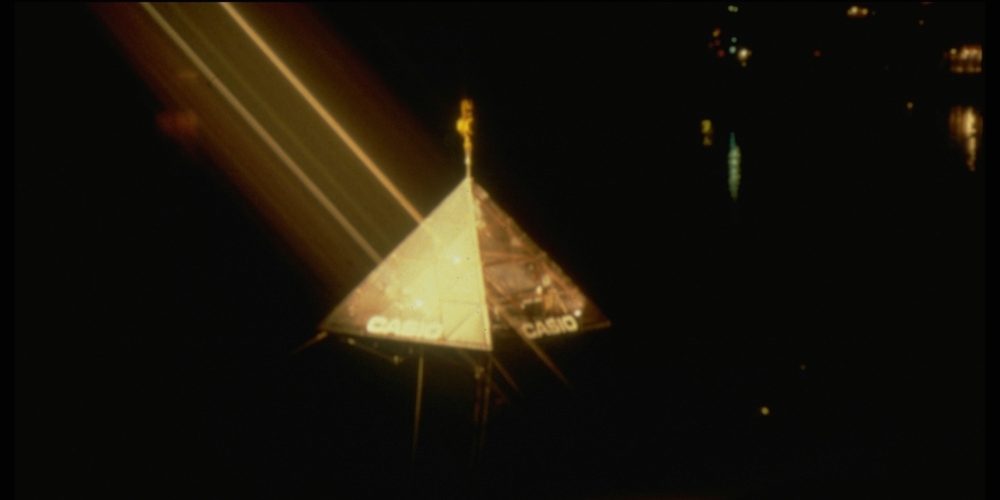
Throwback: UFOs over Linz
In a glass pyramid, 30 meters above the Danube, Isao Tomita enchanted the visitors of the Klangwolke 1984.
-

Throwback: The pioneer of the synthesizer
Robert Moog is considered a pioneer of the synthesizer. In the 80s, the American inventor honored us twice in Linz.
